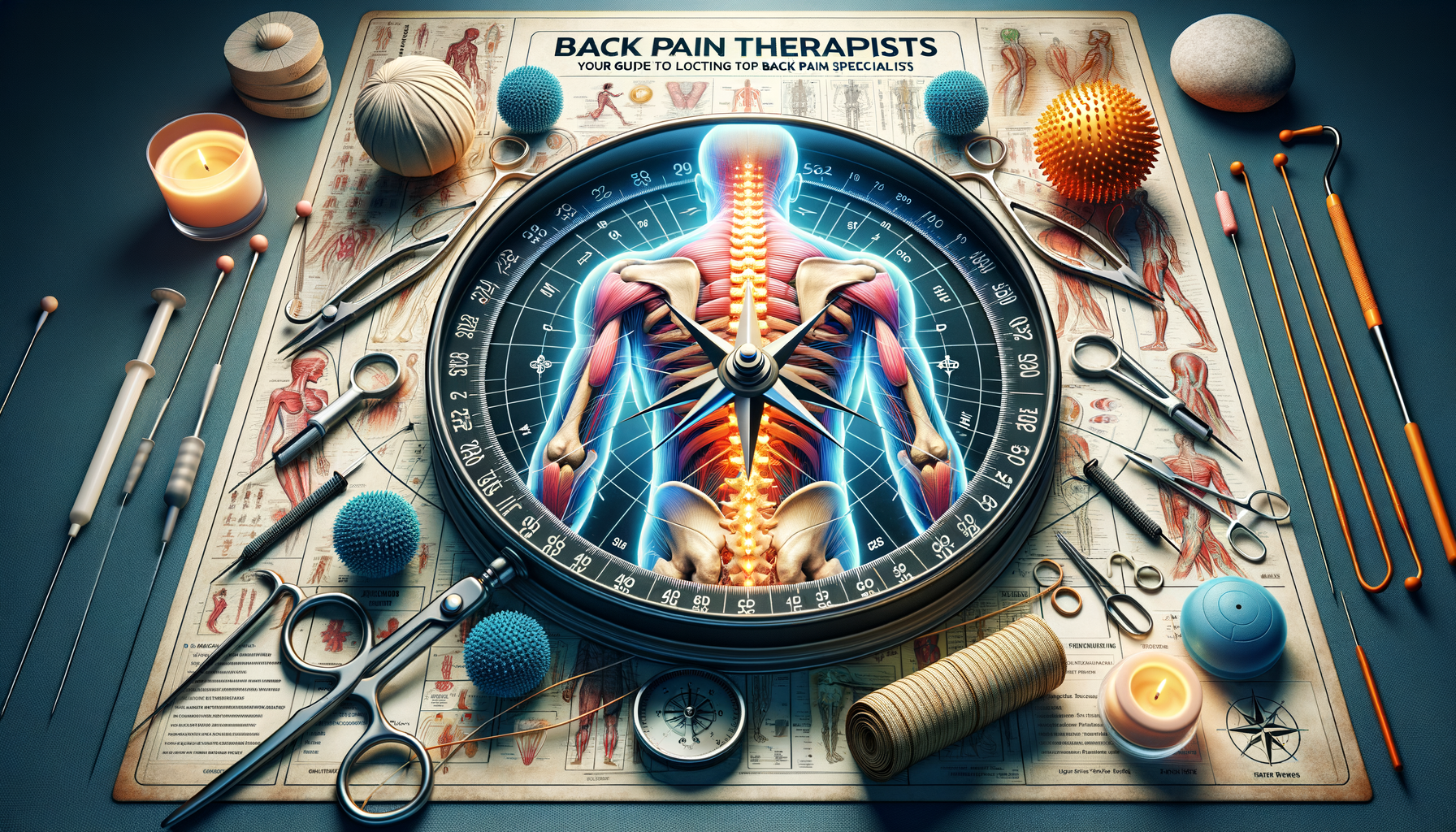Understanding the Impact of Back Pain
Back pain is a common ailment that affects millions of people worldwide. It can range from a subtle discomfort to a debilitating condition, impacting daily activities and overall quality of life. The causes of back pain are varied, including poor posture, muscle strain, or more serious conditions like herniated discs and arthritis. Understanding the underlying cause is crucial for effective treatment.
Chronic back pain can lead to a decrease in physical activity, which in turn may contribute to weight gain and reduced muscle strength. This creates a vicious cycle where the pain worsens due to lack of movement. Psychological effects, such as depression and anxiety, are also common among those suffering from chronic back pain. Therefore, addressing back pain is not just about physical relief but also about improving mental well-being.
It’s important to recognize the symptoms that require medical attention. These include persistent pain that does not improve with rest, pain that radiates down the legs, or numbness and weakness in the legs. Early intervention by a back pain therapist can prevent the condition from worsening and enhance recovery.
Types of Back Pain Therapists
When it comes to treating back pain, there are several types of specialists to consider. Each offers unique approaches tailored to different needs and conditions. Understanding these options can help in selecting the right professional for your specific situation.
- Physical Therapists: These professionals focus on improving movement and function. They design exercise programs to strengthen muscles, improve flexibility, and reduce pain.
- Chiropractors: Known for spinal manipulation, chiropractors aim to improve spinal alignment, which can relieve pain and improve function.
- Osteopaths: Osteopathic doctors use a holistic approach, considering the body’s overall health and how it may relate to back pain. They often use hands-on techniques similar to chiropractic care.
- Pain Management Specialists: These doctors focus on managing chronic pain through a variety of methods, including medication, injections, and therapy.
Each type of therapist brings a unique perspective and set of skills to back pain treatment. Consulting with a primary care physician can be a good starting point to determine which specialist might be best suited to your needs.
Choosing the Right Therapist for You
Selecting the right back pain therapist involves considering several factors. It’s essential to ensure that the specialist’s approach aligns with your preferences and needs. Here are some steps to guide your decision-making process:
- Research and Recommendations: Start by gathering information on potential therapists. Seek recommendations from family, friends, or healthcare providers. Online reviews and testimonials can also provide insights into a therapist’s reputation and effectiveness.
- Credentials and Experience: Verify the therapist’s credentials and experience. Ensure they are licensed and have a track record of treating back pain effectively. Experience in handling specific conditions similar to yours can be particularly beneficial.
- Consultation and Communication: Schedule a consultation to discuss your symptoms and treatment options. Effective communication is key; you should feel comfortable discussing your concerns and confident in the therapist’s ability to address them.
Ultimately, the right therapist should offer a treatment plan that is tailored to your individual needs and goals, promoting both physical and mental well-being.
Integrating Lifestyle Changes for Better Outcomes
While professional treatment is crucial, integrating lifestyle changes can significantly enhance the effectiveness of therapy for back pain. These changes can help prevent recurrence and promote overall health.
Maintaining a healthy weight is vital, as excess weight can put additional strain on the back. Regular exercise, including strength training and flexibility exercises, can support the spine and improve posture. Activities like yoga and Pilates are particularly beneficial for enhancing core strength and flexibility.
Ergonomics also play a critical role in preventing and managing back pain. Ensuring that your workspace is set up to support good posture can reduce strain on the back. This includes using an ergonomic chair, positioning your computer screen at eye level, and taking regular breaks to stretch and move around.
Stress management techniques, such as mindfulness and meditation, can also be beneficial. Stress can contribute to muscle tension, exacerbating back pain. Incorporating relaxation techniques into your routine can help alleviate both physical and mental stress.
By combining professional care with these lifestyle adjustments, individuals can achieve better outcomes and enjoy a higher quality of life free from the limitations of back pain.
Exploring Alternative Therapies
In addition to conventional treatments, many individuals find relief from back pain through alternative therapies. These therapies can complement traditional medical treatments and offer holistic approaches to pain management.
Acupuncture: This ancient Chinese practice involves inserting thin needles into specific points on the body to balance energy flow and reduce pain. Some studies suggest that acupuncture can be effective in reducing chronic back pain.
Massage Therapy: Therapeutic massage can relieve muscle tension, improve circulation, and promote relaxation, all of which can contribute to pain relief and improved function.
Herbal Remedies: Certain herbs, such as turmeric and ginger, have anti-inflammatory properties that may help reduce back pain. However, it’s important to consult with a healthcare provider before starting any herbal supplements.
Mind-Body Techniques: Practices like tai chi, qigong, and meditation can enhance physical and mental well-being, providing tools to manage pain and reduce stress.
Exploring these alternative therapies can offer additional avenues for relief and recovery. It’s important to discuss these options with a healthcare provider to ensure they are safe and appropriate for your specific condition.




Leave a Reply